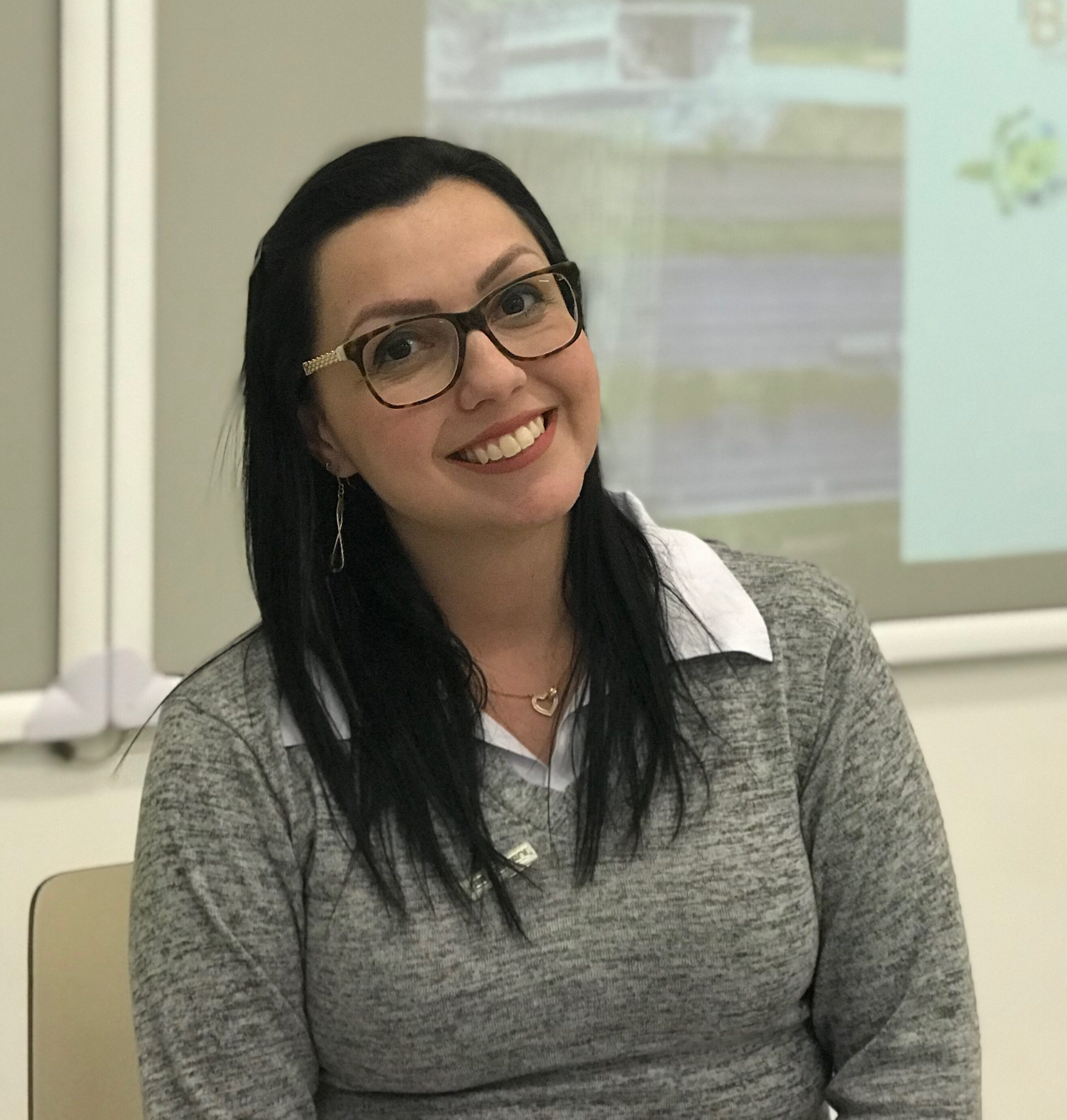My Innovative Teaching Dilemma
Last month, we talked about the innovator teacher’s dilemma, and I would like to share my innovative experience with you.
I’m sure you have already heard of:
- Cross over teaching,
- Teaching through smart boards,
- Flipped classrooms
- Collaborative Teaching
- Using Virtual Reality (VR) and Augmented Reality (AR)
- Technology and innovative methods of teaching
- And more
Are you using all or some of them in your daily lessons? It’s widely known that the use of technology in the classroom helps to engage the students with different kinds of stimuli and, of course, it makes the whole learning experience more meaningful and attractive to students, especially now (COVID-19).
These tools and gadgets are not only for the teacher’s own benefit (making their lives easier, planning faster, having more access to information), but it’s mainly focusing on the students’ demands. After all, we are passionate about learning more about the students’ backgrounds, their lives, interests, and needs, of course.
In order to put an end to the dilemma and make my lessons more innovative, meeting the new patterns of teaching, learning, communicating, and exchanging experiences I have read a lot of books (some of them shared on References below) and tested and tried new methods I have been developing for my online school – Be you Solutions (Instagram @beyou_solutions).
For example:
- Using the platform Jamboard to collaboratively build mindmaps depicting the teacher’s accomplishments using past perfect, present perfect, and future perfect comprehensively, so the students have a general overview of how to apply the “perfects” in a real-life situation.
- Using Google Classroom to organize my students’ learning portfolio and to clearly show their advances in the beautiful process of learning throughout the term/year. It’s easy, practical and it conveys the message of being serious about the organization.
- Using Google Slides, Jamboard, Padlet, Quizlet, Kahoot, and more, in order to see in real-time the student’s sharing their ideas> While they are doing it so, you can provide them with feedback (written form, video, using emojis, etc). This way, the students are actively participating, and it becomes a document for students to use as a future reference.
- Ted Talks and Youtube Videos: it goes without saying that they are awesome streaming tools where students can be in touch with the latest news and up-to-date topics about different areas, such as business, education, innovation, etc. Thus, most often, I start a lesson with a piece of a TED or Youtube video related to the topic of the lesson so I can trigger communication and critical thinking.
- Consolidation work: I don’t call it homework anymore. It has been making the students more reluctant so, I have changed it to “consolidation work” because, in fact, homework is working on activities to consolidate what has been hopefully acquired in a lesson.
I hope this will open a lot of doors for you. As I said, I have been developing and trying new tools and methods in every lesson I teach, and I understand that this is the way to end the dilemma and start innovating. If you are curious to know more, please send a comment here.
References:
Be Your Solutions
https://sites.google.com/beyousolutions.page/beyou/
Bacich, L & Holanda, L. (2020) STEAM em Sala de Aula: A Aprendizagem Baseada em Projetos Integrando COnhecimentos na Educação Básica. Penso
Bacich, L. & Moran, J. (2017) Metodologias Ativas para uma Educação Inovadora: Uma Abordagem Teórico-Prática. Penso.
Bacich, L. & Trevisani, F. (2015). Ensino Híbrido: Personalização e Tecnologia na Educação. Penso.
Bergmann, J. & Sams, A. (2016) Sala de Aula Invertida – Uma metodologia ativa de aprendizagem. LTC.
Bergmann, J. (2018) Aprendizagem Invertida para resolver o problema do Dever de casa. Penso.
Camargo, F. (2018) A Sala de Aula Inovadora: Estratégias Pedagógicas para Fomentar o Aprendizado Ativo. Penso.
Fragelli, R. (2018) Método Trezentos: Aprendizagem Ativa e Colaborativa, para além do conteúdo. Penso.
Horn, M. & Stacker, H. (2015) Blended: Usando a Inovação Disruptiva para Aprimorar a Educação. Penso.
Tonéis, C. (2017) Os Games na sala de aula – Games na Educação ou a Gamificaçãoda Educação. Bookess.




